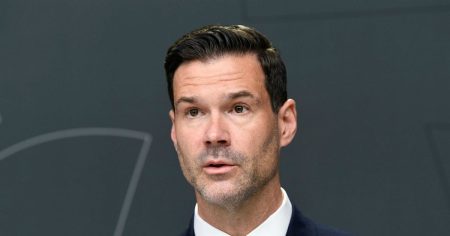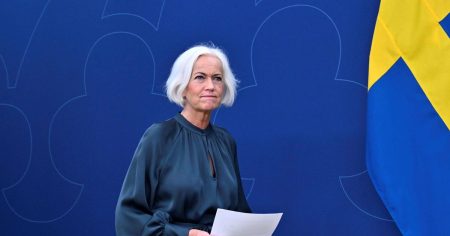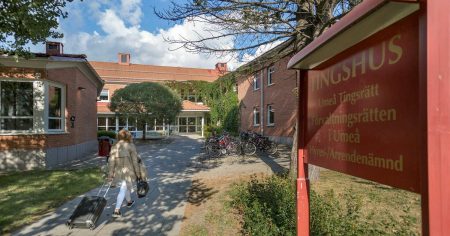The confession ”Jag har jämt velat ha mer – mer vin, mer sås, mer glass, fler hus” (I’ve always wanted more – more wine, more sauce, more ice cream, more houses) encapsulates a fundamental human struggle: the insatiable desire for more. This longing, while seemingly simple on the surface, reveals a complex interplay of psychological, social, and existential factors that can drive individuals to constantly seek greater quantities and experiences. The acknowledgment that this craving is a source of anxiety (”När man vet det om sig själv blir allt som man drar igång en källa till oro” – When you know this about yourself, everything you start becomes a source of worry) further highlights the internal conflict inherent in this pursuit. This essay will delve into the multifaceted nature of this desire, exploring its potential roots, manifestations, and consequences, while also examining strategies for navigating its challenges and finding contentment.
One potential explanation for the constant craving for more lies in the realm of basic human needs and drives. From an evolutionary perspective, our ancestors benefited from seeking resources and experiences that enhanced survival and reproduction. Food, shelter, and social connections were, and continue to be, essential for our well-being. However, in modern society, where these basic needs are often readily met, this drive can become misdirected. The inherent desire for more can latch onto readily available substitutes, like material possessions, sensory pleasures, or social status, leading to a cycle of acquisition and fleeting satisfaction. The brain’s reward system, driven by dopamine, reinforces these behaviors, creating a feedback loop that perpetuates the craving. The readily available ”more” of modern consumer culture further exacerbates this tendency, bombarding us with messages that equate happiness with accumulation.
Furthermore, the desire for more can be fueled by social comparison and the pervasive influence of societal norms. In a culture that often equates success with material wealth and social standing, individuals may feel pressured to constantly strive for more in order to keep up with their peers or achieve a perceived ideal. Social media platforms, in particular, can amplify this effect by showcasing curated versions of others’ lives, creating an illusion of constant abundance and achievement. This constant exposure to idealized versions of reality can lead to feelings of inadequacy and a persistent desire to acquire more, fueling the cycle of dissatisfaction. The pursuit of ”more” becomes a means of seeking validation and acceptance, even at the expense of genuine contentment.
The anxiety that arises from this constant striving stems from the inherent conflict between desire and reality. The pursuit of more is often driven by the belief that acquiring something external will fill an internal void. However, this approach often proves futile, as the satisfaction derived from acquiring more is typically fleeting. The underlying emotional needs – be it a sense of security, belonging, or purpose – remain unaddressed. This realization can lead to a sense of unease and a fear that no amount of external acquisition will ever truly bring lasting happiness. The individual becomes trapped in a cycle of wanting, acquiring, and then wanting more, perpetually chasing a mirage of fulfillment.
However, recognizing the source of this anxiety is the first step towards finding a more balanced approach to life. Cultivating mindfulness and self-awareness can help individuals identify the underlying emotional needs that drive their desire for more. By addressing these root causes, it becomes possible to break free from the cycle of craving and find more sustainable sources of fulfillment. Practices like meditation, journaling, and therapy can provide tools for developing greater self-awareness and emotional regulation. Learning to appreciate the present moment and finding joy in the simple things can also help shift the focus away from external acquisition and towards internal contentment.
Ultimately, navigating the desire for more involves finding a balance between ambition and contentment. It’s about recognizing that striving for growth and improvement is a natural part of the human experience, while also acknowledging the importance of appreciating what one already has. By cultivating gratitude, practicing mindfulness, and focusing on building meaningful connections, individuals can find a path towards a more fulfilling and less anxious life, one that is not defined by the constant pursuit of more, but by the appreciation of enough. The journey begins with self-awareness, acceptance of one’s own tendencies, and a conscious choice to shift focus from external acquisition to internal contentment.














